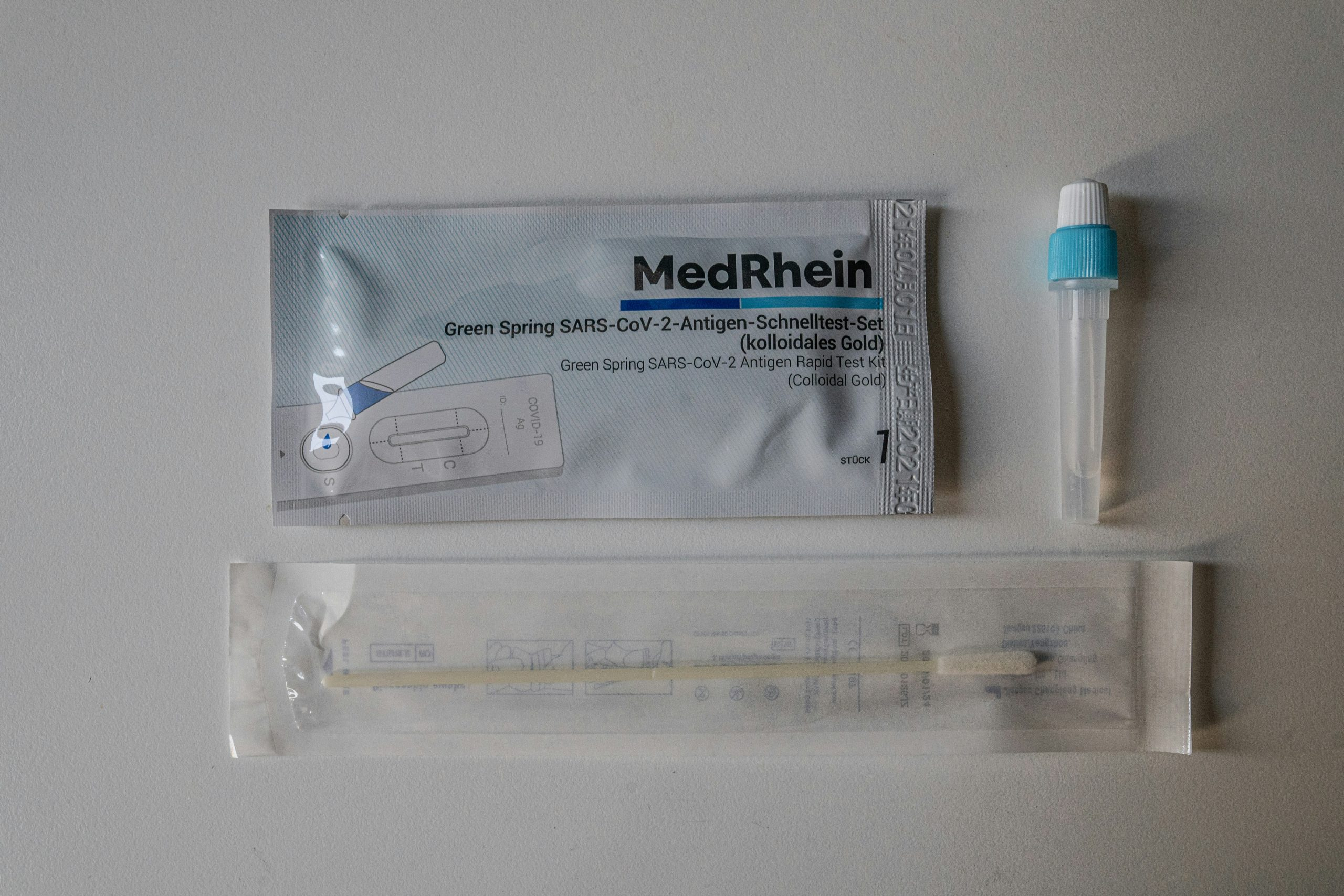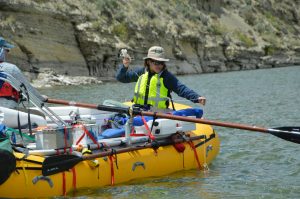Mars Colony Prototypes: Earth-Based Testing for Off-World Housing
Thousands of years of human history have shown that exploration and migration are two crucial aspects that define our species. From our earliest days as a hunter-gatherer society, we have constantly sought out new frontiers and pushed the limits of what is possible. As our technology advances, so too do our ambitions, with one of our next great frontiers being the colonization of Mars. But before we can send human settlers to the red planet, we must first build habitats that can sustain life in the harsh Martian environment. This is where Mars Colony Prototypes come into play – these Earth-based testing structures are vital in the development and optimization of off-world housing. In this article, we will explore how Mars Colony Prototypes are being used to pave the way for human habitation on Mars.
A New Era of Space Exploration
The idea of colonizing Mars has captured the imagination of scientists, engineers, and the general public for decades. With the success of robotic missions to the planet, such as the Mars Curiosity rover, it has become increasingly apparent that sending human explorers to Mars is no longer a matter of if, but when. In fact, NASA has set a goal to send astronauts to the red planet in the 2030s. However, before we can even think about sending humans to Mars, we must first address the numerous challenges that come with living on a planet that is vastly different from our own.
The Challenges of Living on Mars
While Earth has an atmosphere that protects us from harmful solar radiation and maintains a breathable atmosphere, Mars has a thin atmosphere that cannot sustain human life. On top of that, the average temperature on Mars is -80 degrees Fahrenheit, with frequent dust storms that can last for months. As a result, any human habitation on Mars would require self-sufficient, durable, and resilient structures, and that is where the development of Mars Colony Prototypes comes in.
Mars Colony Prototypes: Advancing Off-World Housing
The concept of Mars Colony Prototypes is not a new one. In fact, NASA has been using Earth-based testing structures for decades to simulate living and working conditions that astronauts would face on Mars. For example, the NASA Desert Research and Technology Studies (DRATS) project has been conducting field tests in the Arizona desert since 2010, using simulated habitats and spacesuits to mimic conditions astronauts would face on Mars.
Benefits of Earth-Based Testing
One of the significant benefits of using Earth-based testing for Mars habitation is that it allows engineers and scientists to test and optimize habitat designs in a controlled environment. By simulating the conditions on Mars, they can identify and address potential problems before sending actual structures to the planet. Additionally, researchers can test different construction materials, technologies, and systems to determine the most efficient and effective options for Mars habitats.
Real-Life Applications
The data and insights gathered from Earth-based testing have already influenced the design and construction of proposed Mars habitats. For example, the Mars Society’s Mars Desert Research Station in Utah has been subject to numerous modifications and upgrades based on observations and findings from previous simulated missions. This data has also been used by companies like SpaceX and Boeing, who are developing concepts for human habitats on Mars to be used by NASA.
The Future of Mars Colony Prototypes
With NASA’s ambitious plans to send humans to Mars in the 2030s, the role of Mars Colony Prototypes will only continue to grow in importance. As technology and our understanding of the challenges of Mars habitation advance, so too will our prototypes. We can expect to see more sophisticated simulations and testing, as well as the development of novel construction methods and materials to create habitats that can withstand the harsh Martian environment.
The Final Frontier
The colonization of Mars is a monumental undertaking that requires innovative thinking and rigorous testing. Mars Colony Prototypes are essential in paving the way for human habitation on the red planet, as they allow us to test and refine our techniques before sending humans to live there. With the help of these Earth-based testing structures, we can look forward to a future where our species has expanded beyond our home planet and established a foothold on a new world.
Conclusion
The development of Mars Colony Prototypes has been crucial in advancing the field of off-world housing and bringing us closer to the goal of colonizing Mars. Through Earth-based testing, we can overcome the challenges of living on the red planet and pave the way for future human explorers. As we push the boundaries of what is possible, Mars Colony Prototypes will continue to play an essential role in helping us reach new frontiers and achieve our dreams of becoming a multi-planetary species.











